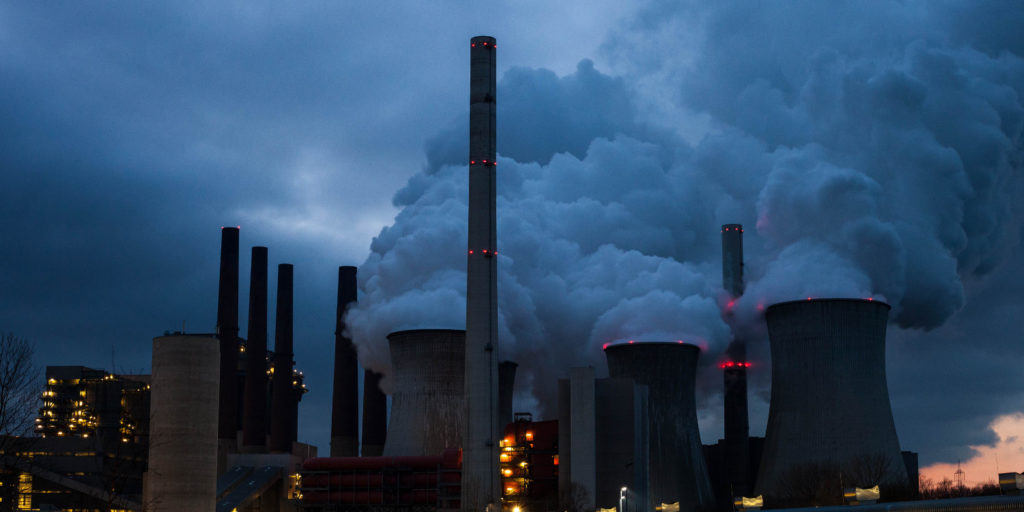From pv magazine Germany
Greenpeace Energy plans to gradually take over the lignite mines and coal power plants of German utility RWE in the Rheinische Revier region of Western Germany from 2020, and shut them down by 2025. This will make room for new PV and wind power plants with a total capacity of around 8.2 GW, it said in a press release.
The plan is to be implemented through citizen participation, and would include investments from public and private companies, and the transferral of RWE’s jobs in the coal business to the new renewable energy infrastructure operations.
“What we propose is a huge chance for the Rheinische Revier – and brings us a big step forward in climate protection,” said Sönke Tangermann, CEO of Greenpeace Energy. “Our concept is financially fair for all sides and designed so that operational redundancies can be avoided.”
Greenpeace Energy has called for talks with RWE and other political bodies – from municipalities to the federal government – regarding the implementation of the plan.
The operation is valued at €384 million, said Fabian Huneke of the institute Energy Brainpool. This includes the cost of closing the Hambach mine and the six oldest and least efficient power plant blocks in 2020, the Inden mine and six further power plant blocks by 2022, and the Garzweiler mine and the last three blocks by 2025. The price is based on assumptions of the profit that could be made with these power plants selling power on the electricity market until they become unprofitable due to rising CO2 prices.
Greenpeace Energy has already set up several new companies to implement the concept. An energy cooperative will take care of the citizen participation. Wind power and PV systems with a capacity of 3.8 GW and 4.4 GW, respectively, are to be built on all suitable former open-cast mining areas. In 2030, they are expected to deliver more than 15 TWh of renewable electricity – around a quarter of what Rhenish lignite currently supplies, Greenpeace said.
According to calculations by Greenpeace Energy, the construction of the entire renewable power plant park would cost around €7 billion. It is by far the largest renewable energy project in Europe and, thanks to economies of scale, particularly inexpensive to build, it stated. The projects would be developed outside of any public support scheme. Returns of 5-7%, meanwhile, would be possible, based on average market values.
The sites for the solar and wind farms will be leased by the energy cooperative from a newly founded municipal land division in which all landlords are organized, continued Greenpeace Energy. The lease income in the last stage of development is expected to be €45 million annually.
In addition, a real estate company would be responsible for land restoration, while an employment company would gradually take over all employees of the RWE lignite coal business. These could, for example, work in the land restoration of open-pit mines and power plant decommissioning or be further qualified for new jobs in renewable energies and other industries.
This content is protected by copyright and may not be reused. If you want to cooperate with us and would like to reuse some of our content, please contact: editors@pv-magazine.com.




4 comments
By submitting this form you agree to pv magazine using your data for the purposes of publishing your comment.
Your personal data will only be disclosed or otherwise transmitted to third parties for the purposes of spam filtering or if this is necessary for technical maintenance of the website. Any other transfer to third parties will not take place unless this is justified on the basis of applicable data protection regulations or if pv magazine is legally obliged to do so.
You may revoke this consent at any time with effect for the future, in which case your personal data will be deleted immediately. Otherwise, your data will be deleted if pv magazine has processed your request or the purpose of data storage is fulfilled.
Further information on data privacy can be found in our Data Protection Policy.